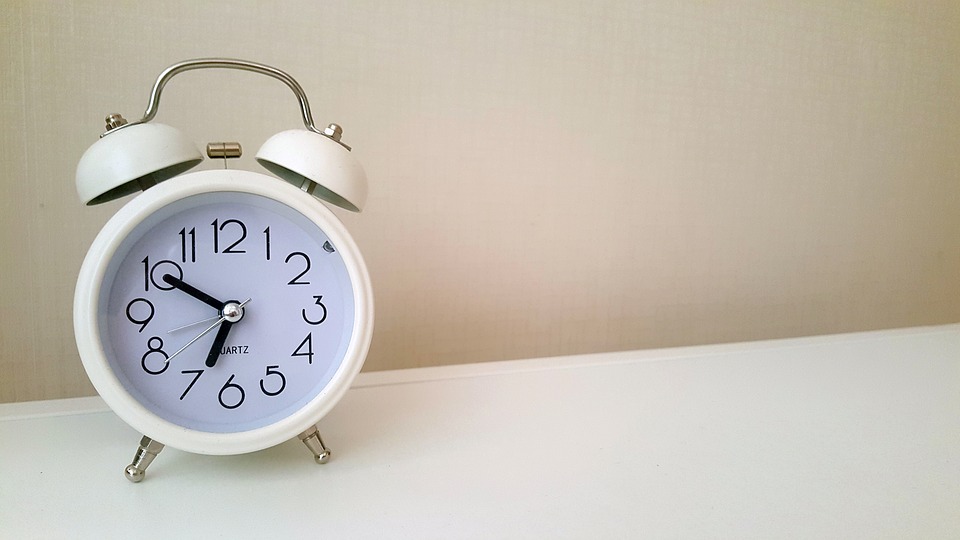
What is snoring and sleep apnea?
When you fall asleep, the muscles in your face, tongue, neck, and throat relax. For some people, the muscles that surround the airway collapse, causing a partial obstruction. During the breath cycle, air is forced through that partially obstructed airway causing the tissues in the throat to vibrate which produces the sound of snoring. Snoring is the most common sign of a sleep-related breathing problem.
If the airway fully collapses, causing a complete obstruction it is called Obstructive Sleep Apnea (OSA) which results in lowered oxygen levels.
Many people are unaware that they are deprived of oxygen during sleep because the body is usually successful on waking them up just enough to gasp for air. They fall back to sleep and the cycle begins again, sometimes hundreds of times per night. Some people will stop breathing for 30 seconds or more before they wake up choking and gasping for air. During this time, blood oxygen levels fall below normal which results in the heart working harder to get the oxygen it needs.
People who suffer from snoring and/or sleep apnea are not getting a restful sleep and often wake up with headaches, difficulty concentrating, and feel tired and irritable even though they assume they slept through the night. Excessive daytime sleepiness, fatigue, and lack of energy are usually indications that they suffer from snoring and/or sleep apnea.
IS SNORING AND SLEEP APNEA SERIOUS?
Yes. Anytime the body is deprived of oxygen it can lead to potentially serious life-threatening conditions. People who suffer from snoring and sleep apnea have a much higher incidence of heart attacks and strokes due to high blood pressure due to lack of oxygen.
Research shows that if left untreated, snoring and obstructive sleep apnea can lead to serious consequences:
- Increased risk of heart disease.
- Increased risk of stroke.
- Increased risk of high blood pressure.
- Increased risk of Type II diabetes.
- Increased risk of motor vehicle accidents.
Snoring and sleep apnea can also cause:
- Depression • Sexual dysfunction
- Fatigue • Marital problems
- Poor memory • Gastro-esophageal reflux (GERD)
DIAGNOSIS AND TREATMENT FOR SNORING AND SLEEP APNEA
The good news is that snoring and sleep apnea can be treated and controlled. Diagnosing OSA (Obstructive Sleep Apnea) is a non-evasive process. It entails a detailed questionnaire, Epworth Sleepiness Scale result, oral examination and an overnight sleep study. The sleep study can be done in the comfort of your own home with an easy to wear, take-home sleep study monitoring device. The result of this study is then interpreted and the condition diagnosed by a registered sleep physician.
Treatment for snoring and sleep apnea include behavioural changes, oral appliances, Continuous Positive Air Pressure (CPAP) therapy and in extreme cases, surgery. For those diagnosed with snoring and/or mild to moderate sleep apnea, oral appliances are the treatment of choice for the following reasons:
- Custom made and easy to wear
- Inexpensive and non-evasive
- High rate of success
- A good alternative for those who cannot tolerate the CPAP
- Easy to use when travelling
THE EPWORTH SLEEPINESS SCALE (ESS)
The Epworth Sleepiness Scale is a screening tool used to see how tiredness or fatigue can affect your daily life. Complete the Epworth Sleepiness Scale below by choosing the most appropriate number for each situation. If your total score is 10 or more, you may suffer from a sleep disorder.
EPWORTH SLEEPINESS SCALE
How likely are you to doze off or fall asleep in the following situations, in contrast to feeling ‘just tired’? Use the following scale to choose the most appropriate number for each situation:
0 = Would never doze 2 = Moderate chance of dozing
1 = Slight chance of dozing 3 = High chance of dozing
Situation Chance of Dozing
Sitting and reading _____
Watching television _____
Sitting, inactive in a public place (e.g. theatre, meeting) _____
As a passenger in a car for an hour without a break _____
Lying down to rest in the afternoon when circumstances permit _____
Sitting and talking to someone _____
Sitting quietly after lunch with no alcohol _____
In a car, while stopped for a few minutes in traffic _____
Total Score _____
HOW WE CAN HELP
If you suspect you have a sleep-related disorder we can arrange a consultation where you will be evaluated using a specific history and medical questionnaire, and a physical examination of the head and neck anatomy. You will be provided with a sleep monitoring device to take home and the results of this test will be sent to a board-certified sleep physician, where a diagnosis and recommended treatment will be determined. We will work closely with physicians and respiratory therapists to make sure you have options and receive treatment that is right for you.




